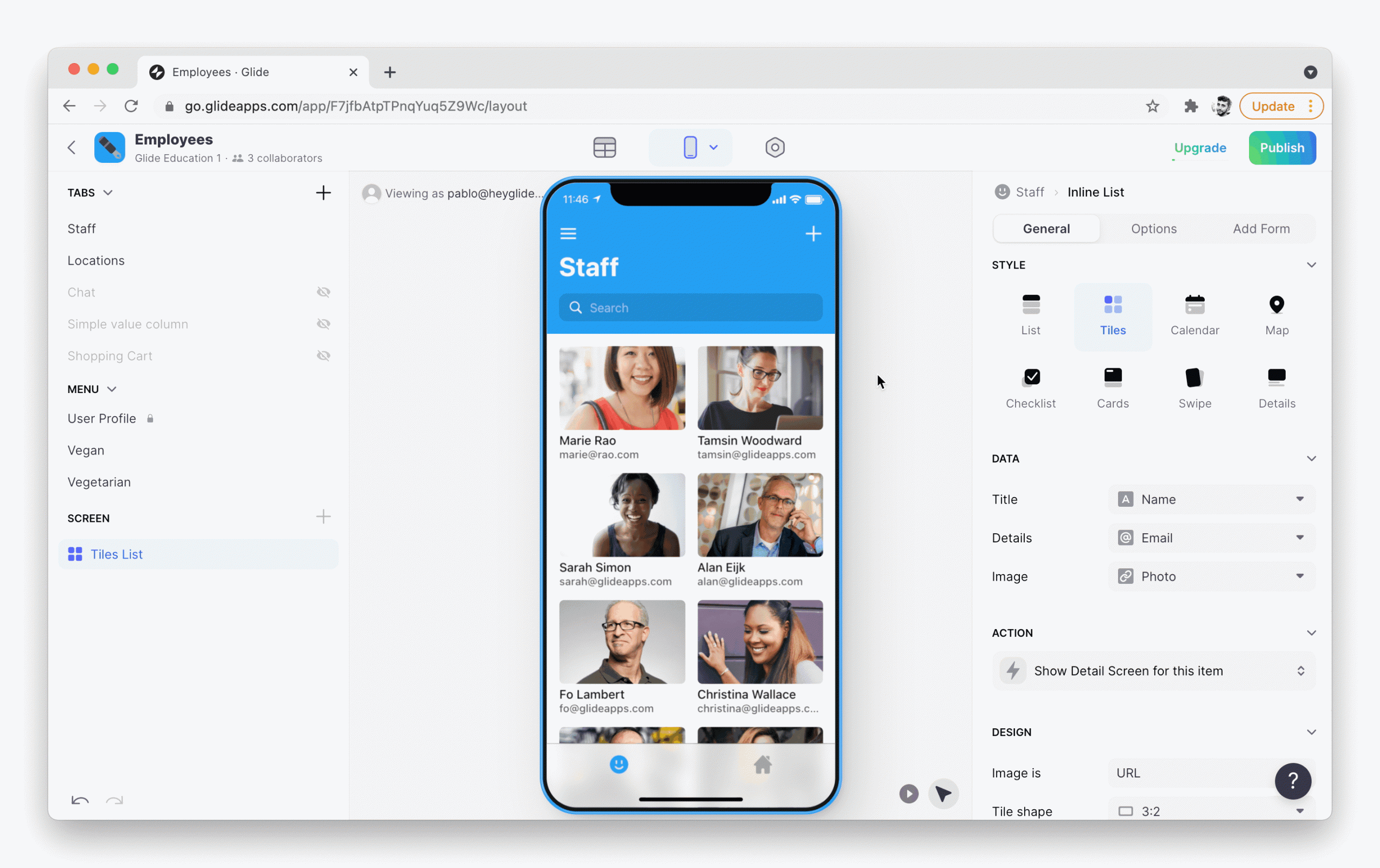NoCode is revolutionizing how applications are being built. It is allowing anyone with basic computer knowledge to translate their ideas into websites and applications. In the past, building an application required either learning how to write code or hiring a developer to do it for you. NoCode has changed this by empowering people to translate their ideas into applications without needing to write code. This is a huge shift in the way that applications are built and it has created a new breed of developers called NoCode developers.
This article provides an overview of what the NoCode landscape looks like, how NoCode works and how it is being used to revolutionize how applications are being built.
What is NoCode and How Does It Work?
NoCode is an overall concept around developing applications without having to write code. Traditionally, building web applications required the use of a programming language. Developers would write code, like in the example below, to perform various actions. Software developers would create documents of code to build entire applications.
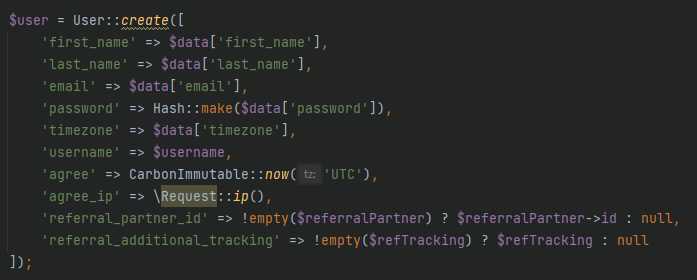
NoCode changes how applications are built by not requiring the developer to write code. Instead, it’s the job of the company providing the NoCode platform to write the code and provide an editor that allows their users to build applications. These NoCode platforms write code like the example shown above to build editors that look like the one below. The following image shows the Bubble editor (read our bubble.io review). Most NoCode tools provide a visual editor that allows you to drag and drop components to configure how the application will behave. Anyone familiar with navigating a web browser or using Microsoft Word can use the interface to define how their application should work.
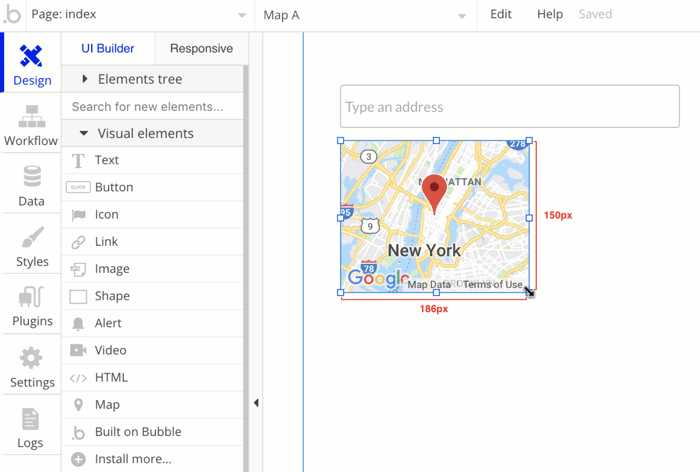
Many NoCode tools rely on a familiar spreadsheet interface that functions similar to Microsoft Excel or Google Sheets. The Glide tool creates apps that are based on Google Sheets, Excel or Airtable.
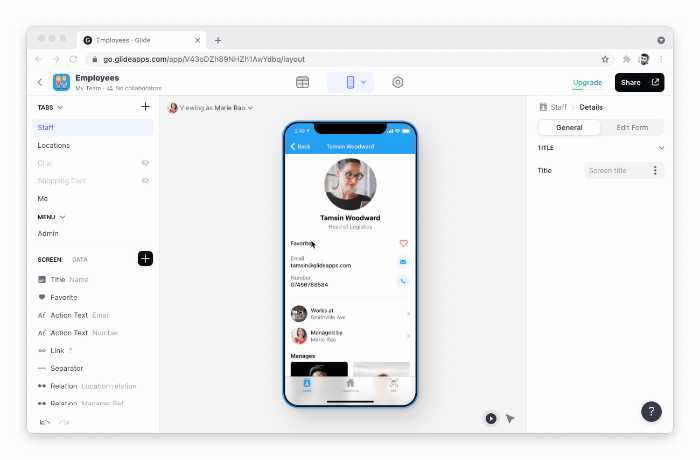
Targeting Mobile, Web or Voice Devices
Most NoCode application builders have a primary medium that you can build for and this is typically either mobile, web or even voice.
Native Mobile Apps
Native applications can be installed on Apple iOS devices through their App Store or on Android devices through the Google Play store. They go through an approval process and can typically access lower-level functionality that isn’t available through web-based applications. Tools like Adalo and thunkable let you build native applications.
Web Apps
As the name implies, web apps can be accessed via a web browser. Tools like Bubble and Softr let you build web applications.
Progressive Web Apps
A progressive web app has some of the benefits of native applications without the drawbacks. Progressive web applications can have an application icon installed on the home screen making it easier to open. They can also hide the browser’s header and footer making them appear more like native applications. They also don’t need to be installed on the app stores which makes deploying them much easier. Glide is one of the most popular tools for building progressive web apps.
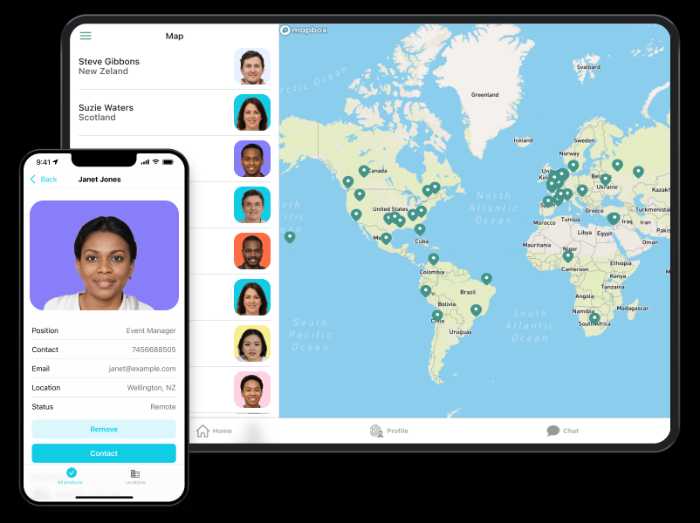
Voice Apps
In recent years voice assistants have become increasingly popular. Many homes now have an Amazon Alexa or a Google Assistant, allowing people to use their voice to control these devices. Tools like Voiceflow provide a visual interface for building voice apps that run on these devices.
What Can Be Built Using NoCode?
Some tools are for building general purpose applications and can let you build anything while others are more focused on a specific use case. The following are some examples of common categories of applications that can be built.
Software as a Service (SaaS)
SaaS has become a common buzzword but it simply means delivering an application over the Internet through a browser or native app. For example, SalesForce is a SaaS that provides tools for sales teams to manage their relationships with prospects. Likewise, Netflix is also a SaaS because it delivers its service through the Internet. NoCode tools like Bubble enable people to build a SaaS.
Workflow Management Applications
Creating business applications that digitize some sort of process into a web application can help improve efficiencies in an organization or achieve some other goal. NoCode makes it easier for managers and domain experts to build applications to enable this. Tools like AirTable and Softr are well suited for this task.
Informational Web Sites
Tools like Webflow and Elementor (which runs on WordPress) have made it easier for non-technical people to create websites. Designers have flocked to Webflow because it lets them have complete control over the visual appearance of the website without needing to create HTML and CSS.
E-Commerce
Tools like Shopify and BigCommerce let anyone build a website to sell their products online. These tools have templates that can be used to build professional-looking stores that enable anyone to sell their products online.

Landing Pages
Tools like Unbounce allow people to easily build a landing page. A large directory of predesigned templates plus a visual editor makes the process simple and empowers marketers to build landing pages.
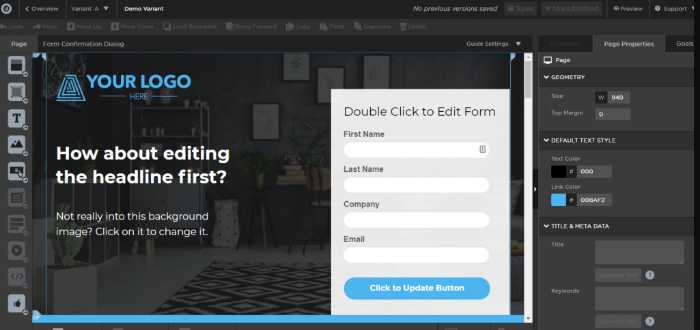
Benefits of NoCode
The primary benefits of NoCode are that it saves time and money. NoCode allows applications to be built faster because using a visual editor is simply faster than writing code.
NoCode tools provide a limited drag and drop visual interface that allows for configuring the logic for the application. This makes development much faster than having to write actual code into an editor. Entrepreneurs can go to market faster and businesses can quickly create micro apps that benefit their business.
NoCode applications are often significantly cheaper than traditionally developed applications because they take less time to develop. Additionally, developers who create apps with NoCode tend to cost less than developers who have learned how to program and can write code.
Development projects have a high failure rate. A common problem when you build software projects is translating the requirements into something the developer understands. Additionally, writing code can be a time-consuming process, especially as frameworks have gotten more complex.
While there are no studies that compare the failure rates between traditional development projects and NoCode projects it seems logical that NoCode would help reduce failure in two ways. The first is that it enables people to build projects themselves. Subject matter experts who know the problem they are trying to solve with the application are able to build it themselves rather than conveying those requirements to a developer. Additionally, NoCode allows for iterating faster which allows for getting quick feedback from users on whether the application is on the right track.
Getting Started With NoCode
People often discover NoCode while researching how to build an application. Getting started with NoCode can be a daunting experience. There are a few steps that can make the process easier. The first step is to define what you want to build and figure out what platform it should be available on. Then find 3 – 5 NoCode tools and look at the following.
Find the community
Any no code tool that is good enough for you to use will have an established community. Often times the no code community will provide better and faster support than the company itself. The communities will often use forums, Facebook groups or Slack to make it easy for people to join. Looking at community posts can be a great way to determine the general sentiment of how people feel about using the tool. If people seem to be happy, excited and loyal about using hte tool then that’s a good sign. If people are complaining about bugs, lack of responsiveness from the company or other things then that should be a red flag.
Understand the Pricing
Will the pricing support your needs both during development, after you launch and if your app gets higher usage? While you may be able to use the free tier initially make sure to consider what would happen if your app grows and you need to use one of the paid tiers.
Watch Videos on People Using the Tool
There are lots of YouTube videos covering almost all NoCode tools and this can be a great way to quickly get a feel for what it will be like working with the tool.
Try it Out
Most NoCode tools have a free tier or trial that will enable you to try it out before jumping to one of the paid tiers. Paid tiers often have additional functionality or let you use custom domains and these features aren’t needed just to get a feel for the tool. Get a feel for what the interface will be like and try building one small component of your application within it.
Make a Decision
Decide where to commit your time and resources. If you make the wrong choice then you will potentially be wasting time building on the wrong platform. With that said, there’s no perfect no code tool. Each one will have pros and cons so it’s best to choose the best one for your needs but to not get stuck on the step of choosing.
NoCode Application Examples
The following are a few examples of web sites that are built using NoCode. There are many success stories of people using NoCode and it has been transformative for the lives of many founders.
Dividend Finance
Dividend Finance was founded in 2013 and provides financing for solar projects. They built a financing platform for homeowners and a CRM that is used by their installers. They have processed over 1 billion in loans using the platform that they built on Bubble.
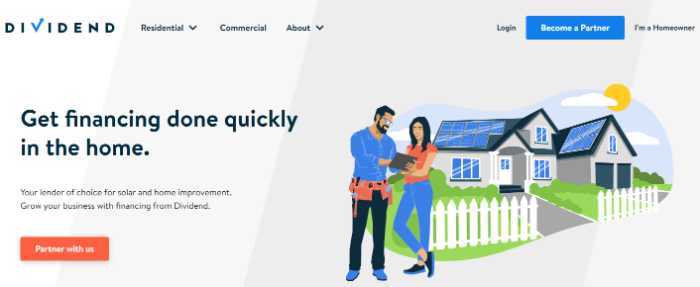
Revetize
Revetize helps businesses gather reviews, feedback and leads through an invite generator. Their application is built on Bubble.
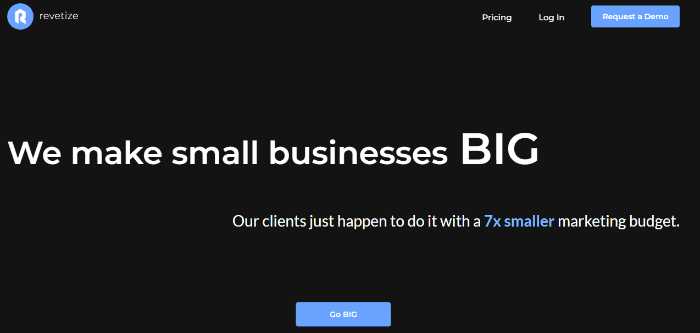
Robotos
The Robotos site was created using Webflow and is an NFT minting web site.
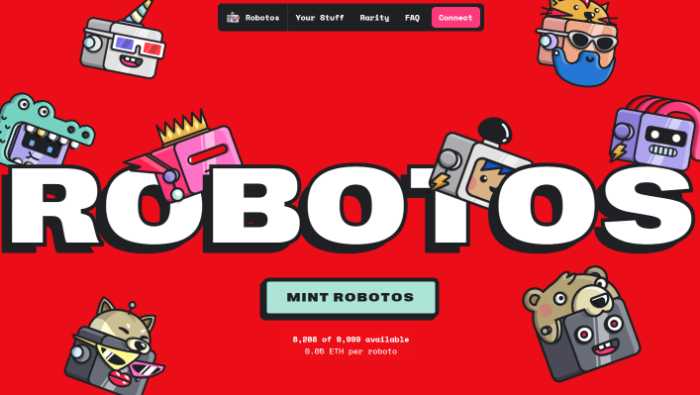
Chara
The Chara app was built in Adalo and is a marketplace for holistic health professions. It is available for both iOS and Android. It lets find a holistic health professional and book a session with them.
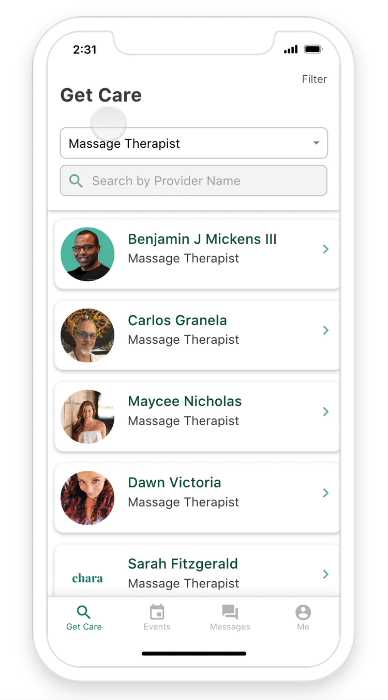
Resources for Learning NoCode
There are many ways to learn how to create applications using NoCode. The following are common methods most people use to learn NoCode. Typically people will learn through a combination of these methods.
YouTube and Video Courses
Video can be a great way to learn how to use NoCode tools. Every popular NoCode tool has people creating videos on how to use their platform and these videos can be a great way to learn.
Bootcamps & Mentoring
Many of the more popular tools have created Bootcamps to help people learn to develop apps. According to Bubble they have had 1,800 students from 50+ countries complete their bootcamps. This site, NoCode Guides, was created to provide NoCode mentoring. Bubble is one of the leaders in the NoCode space in terms of providing education and our bubble.io review delves into this in more depth.
NoCode Communities
As the popularity of NoCode has increased there have been lots of communities that have been created to help bring people together in their journey of developing apps without code. Most tools have some sort of forum. For example, Bubble, Glide and Adalo all use Discourse forums while The.com uses Slack. These can be a great way to obtain answers to your questions and be part of a community of people working on the same platform. There are numerous Facebook Groups, Reddit subs and Slack channels that make it easy to connect with other people using the same tool.
Your Actual App
The best resource, by far, is a real application to work on. Having an application that you are trying to build will help you accelerate your understanding of your NoCode tool of choice faster.
Common NoCode Pitfalls
The traditional software development industry has always had a problem with failure. Studies have shown that most software projects fail in terms of being over budget, having bugs and taking longer than expected. With NoCode people are still building software, they just are doing it at such a high level that writing actual code is not required. It’s unclear what impact the introduction of NoCode solutions has had on these statistics but it’s clear that the number of software products being built is increasing in line with the growing popularity of NoCode. The following are some anecdotal pitfalls of NoCode.
The Learning Curve
There’s a learning curve to NoCode, regardless of what tool you use. Going into it with the expectation that it may be harder than you expect will help you weather the problems that arise as you try to work through building your specific application. Joining communities of other people building on the same tool can help with this.
Code is Sometimes Required
A good example of this is with Bubble which allows for plugins to be built that can extend the functionality of an application through programming. Bubble plugins can be developed by anyone and are created using the JavaScript programming language. Many non-trivial applications use JavaScript to achieve their goals. In these cases you’ll either need to learn JavaScript (which can be daunting or you’ll need to find a developer to work on it for you). The good news is that for platforms like Bubble there is a huge ecosystem of plugins that can be installed to perform many common and some not so common tasks.
Shipping an App Isn’t Just About Code
Traditional development has always only partially been about writing code. Defining what to build, testing and user interface design have always been important aspects of actually shipping a product. These don’t go away with NoCode.
Costs Associated With NoCode Development
Every NoCode tool has its own pricing model but it’s common for tools to have a free tier or some other way that someone can start use the software without paying. For example, the Glide pricing offers a free tier that lets you have up to 3 apps. The following is an example of Bubble’s pricing.

NoCode Stacks
Many NoCode applications are built on several different tools. For example, Softr lets you built applications on Airtable which is used as a database. Zapier and Integromat are often used to tie applications into 3rd party services. Typically a NoCode application will utilize several NoCode tools rather than just a single one.
NoCode for Startups
NoCode tools have caught on with entrepreneurs and startups who are looking to quickly build minimum viable products in order to test out their product market fit. The no code movement has enabled people with no coding skills and minimal technical knowledge to create applications and bring their app ideas to market. NoCode lets people quickly build prototypes in a fraction of the time that traditional software development takes.
Many NoCode tools offer a free tier which makes it easy to get started.
NoCode for Businesses
No Code has also found a place with businesses. A business owner can digitize their workflow and improve efficiencies. Non technical users can be involved in taking their workflows and building applications that help them do their job.
Caveats With NoCode
While many NoCode tools offer a free tier or a free trial one issue is that many NoCode companies are still trying to figure out how to be profitable. This means that they can sometimes change their pricing model and negatively impact their customers. Bubble has been notorious for trying to shift their pricing and receiving pushback from their customers.
LowCode Versus NoCode
LowCode tools give you access to writing code but make it easier and more efficient to do so. Wappler is a low code visual builder that lets you create dynamic web sites and applications. It doesn’t require coding but creates code that you can control. Many Bubble developers have switched over to Bubble because it provides more control and lets you own the code. However, the learning curve is higher than with NoCode. The following screenshot shows the Wappler editor.
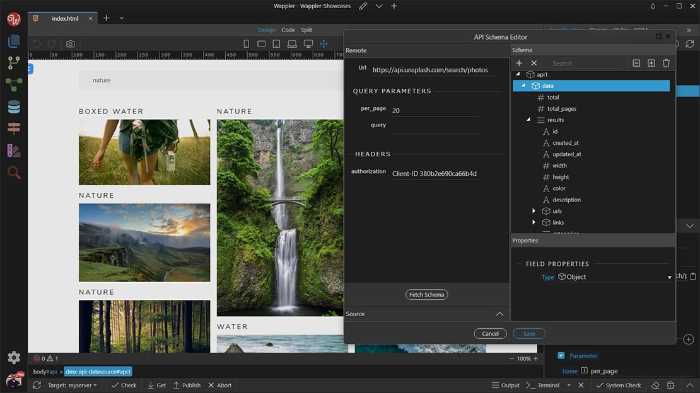
What NoCode Means for Developers
The typical software developer has spent years honing their craft. They have studied computer science or obtained some other technical degree. Developers tend to like solving complex and interesting problems. Yet they often work on solving easier problems, many of which could be solved using NoCode. For example, helping a small business create internal tools to automate their workflow. While sometimes this can be complex and require elaborate technical stacks, oftentimes a NoCode drag and drop interface that can quickly spin up all the core features that are needed in just a few clicks is all that is necessary.
By shifting the burden of developing apps, responsive websites or other applications that don’t require complex programming, software developers can instead focus on more complex problems.
Many developers with programming backgrounds have also turned to using NoCode tools as a way to build applications faster. They have found that they can deliver value for the organizations they serve by speeding up their development time and focussing on shipping solutions faster. When the applications they build require code they are able to implement that and build even more powerful applications. This hybrid approach to web development can significantly improve the efficiencies of software developers.
An Actionable Plan for NoCode
If you’re just getting started with NoCode with the goal of building an application then the following are some actionable steps.
Determine Your Goals
Start by determining what you want your application to do. Write a list of the use cases for your application. For each type of user who will use it create a bulleted list of what you want that user to be able to do. This can be an important process to help you clarify what the application should do and how it should work. It’s a much better approach than “winging it” as you go.
Narrow Down the Platforms
Determine what platform you want your application to be accessible on, web, mobile, voice, etc. Then take this and narrow down the platforms. Find the top 3 – 5 platforms and then look at what it would take to build the use cases you listed above in this platform. Consider posting the details of what you want to build in a forum for the tool and see if anyone says anything about the platform not being well suited. Once you have gotten enough information select the NoCode tool that is best suited for your requirements.
Build and Learn
The best way to build an application is to start. Once you have chosen a NoCode tool start building. Encountering issues and struggling to figure things out is something that everyone who develops apps experiences, regardless of whether they are a developer writing code or someone who is using NoCode. Knowing how to find answers online is the best skill you can have. Most issues you will come across as a new NoCode developer will have been asked and answered ad nauseam on the Internet. These answers can be found in forum postings, YouTube videos and articles that can be quickly found by searching the right keywords.
The Future of NoCode
The popularity of NoCode has increased exponentially in recent years. Many new NoCode tools have been created to fill various niches. NoCode tools will become easier to use and more powerful. As more people are exposed to NoCode they will continue gaining popularity. Entrepreneurs will continue turning to NoCode to quickly ship their apps.
Additionally, businesses will continue becoming more comfortable with NoCode and will start focusing more on utilizing no code tools for building apps.
